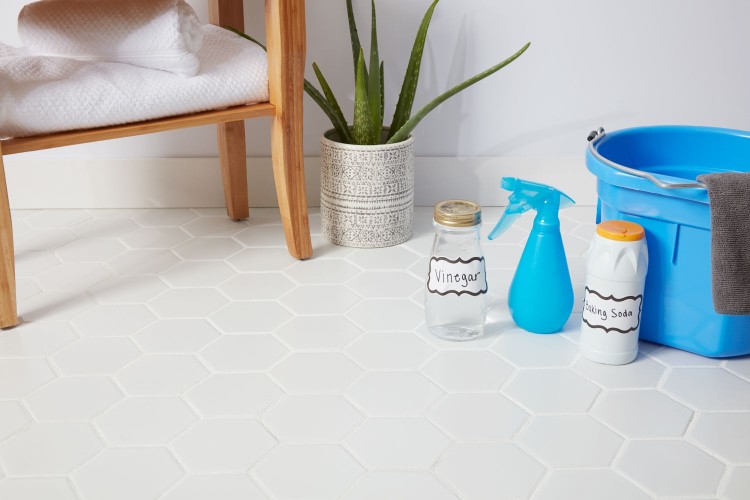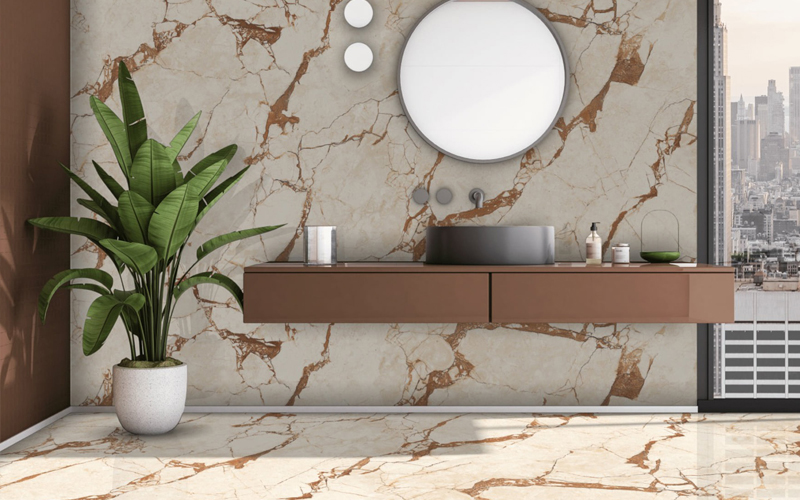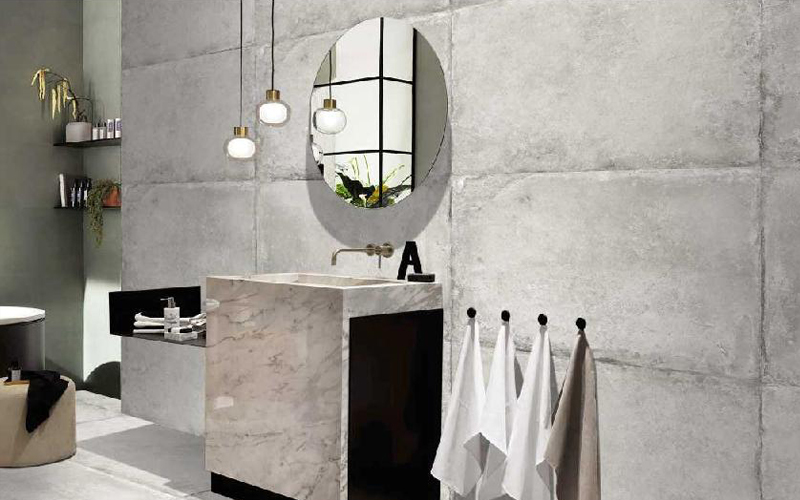Can you install a ceramic tile over laminate flooring?
- News
- 27 Sep 2023

When it comes to home improvement and interior renovations, changing the flooring can have a profound impact on the look and feel of a space. If you're considering upgrading from laminate to ceramic tile, you might be wondering whether it's possible to install ceramic tile directly over existing laminate flooring. In this article, we'll explore the possibilities and considerations involved in this transition.
The Appeal of Ceramic Tile
Ceramic tiles have long been a favored choice for flooring due to their durability, versatility, and aesthetic appeal. They come in various colors, sizes, and patterns, allowing homeowners to achieve a wide range of design styles, from traditional to contemporary. Ceramic tiles are also highly resistant to moisture, making them suitable for areas prone to spills, such as kitchens and bathrooms. With their natural beauty and low maintenance requirements, ceramic tiles can add value and charm to any home.
The Challenge of Laminate Flooring
Laminate flooring, on the other hand, is a popular and cost-effective choice known for its ease of installation and wood-like appearance. It consists of a layered construction, with a fiberboard core and a photographic layer that mimics the look of hardwood or other natural materials. While laminate flooring is relatively durable, it may not be as impervious to moisture as ceramic tiles. Additionally, over time, laminate flooring can wear, scratch, or become outdated in terms of style.
Installing Ceramic Tile Over Laminate: Is it Possible?
The idea of installing ceramic tile over laminate flooring may seem appealing, especially if you want to refresh your space without the hassle and cost of removing the existing flooring. However, there are several factors to consider before proceeding with this type of installation.
1. Subfloor Condition
The condition of the existing laminate flooring and the subfloor beneath it is crucial. Ceramic tiles require a stable and solid surface for proper installation. If the laminate flooring or the subfloor is damaged, uneven, or unstable, it can compromise the integrity of the ceramic tile installation. Therefore, a thorough inspection is necessary to assess the condition of the existing floor.
2. Height and Transition
Adding ceramic tiles on top of laminate can result in a significant increase in floor height. This height difference can create challenges at transitions between rooms, doorways, and adjacent flooring types. Consider how the change in height will affect these transitions and whether it's acceptable within your space.
3. Weight
Ceramic tiles are heavier than laminate flooring, and the added weight can put stress on the existing subfloor. Ensure that the subfloor is designed to handle the additional load. It may be necessary to reinforce or modify the subfloor to support the weight of the ceramic tiles.
4. Moisture Concerns
Ceramic tiles are moisture-resistant, but they are not a waterproof barrier. If moisture gets beneath the tiles, it can lead to various issues, including mold and damage to the laminate flooring. Proper waterproofing measures, such as the use of a waterproofing membrane, may be necessary, especially in wet areas like bathrooms and kitchens.
5. Adhesive and Mortar Compatibility
The adhesive or mortar used for installing ceramic tiles must be compatible with the existing laminate surface. Some adhesives may not bond effectively to laminate, leading to tile instability and potential issues down the road. It's essential to choose the right bonding agent for the specific type of laminate and tile you plan to use.
6. Tile Size and Pattern
Consider the size and pattern of the ceramic tiles you intend to install. Smaller tiles may be more forgiving over uneven surfaces, while larger tiles may emphasize any imperfections in the existing floor. Additionally, complex tile patterns may require more precise preparation.
7. Door and Appliance Clearance
Check whether the installation of ceramic tiles will affect the clearance of doors and appliances, including dishwashers and refrigerators. You may need to adjust or trim these elements to accommodate the change in floor height.
8. Local Building Codes
Consult your local building codes and regulations. Some areas may have specific requirements for floor installations, including the removal of existing flooring materials before installing new ones. Failing to comply with local codes could result in issues during inspections or when selling your home.
The Steps for Installing Ceramic Tile Over Laminate
If, after careful consideration, you decide to proceed with installing ceramic tile over existing laminate flooring, here are the general steps to follow:
1. Inspection and Preparation
- Inspect the laminate flooring and subfloor for damage, stability, and levelness. Repair any damaged areas and ensure the subfloor is sound.
- Clean the laminate surface thoroughly, removing any dirt, debris, or residue.
- Address any height differences or transitions between rooms by planning appropriate transitions, such as transition strips.
2. Underlayment Installation (If Necessary)
- Depending on the condition of the laminate and the subfloor, you may need to install an appropriate underlayment. This underlayment should provide a level and stable surface for the ceramic tile.
3. Waterproofing (If Necessary)
- In wet areas like bathrooms and kitchens, consider applying a waterproofing membrane over the laminate surface. This will help prevent moisture infiltration.
4. Tile Layout and Installation
- Plan the layout of the ceramic tiles, starting from the center of the room and working outward. Dry-fit the tiles to ensure a proper layout.
- Apply the adhesive or mortar according to manufacturer instructions, and then install the tiles, spacing them evenly and using tile spacers as needed.
- Allow the adhesive or mortar to cure for the recommended time.
5. Grouting
- Once the tiles are firmly set, apply grout to the spaces between them. Ensure that the grout lines are consistent and clean off excess grout from the tile surfaces.
6. Finishing Touches
- Install any necessary transition strips or thresholds at doorways and other transition points.
- Trim or adjust doors and appliances as needed to accommodate the new floor height.
7. Sealing (If Necessary)
- Depending on the type of grout used, consider applying a sealer to protect the grout lines from staining and moisture.
8. Regular Maintenance
- Keep the ceramic tile floor clean and well-maintained to preserve its appearance and longevity.
When to Consult a Professional
While it's possible to install ceramic tile over laminate flooring as a DIY project, it's essential to recognize when the job might be best handled by a professional. Here are some situations in which consulting a professional installer is advisable:
- If the laminate flooring or subfloor is significantly damaged or uneven.
- When dealing with complex tile patterns or large format tiles.
- If there are concerns about moisture or waterproofing.
- When local building codes or regulations require professional installation or removal of existing flooring.
- If you are uncertain about your ability to handle the project, especially if it involves structural modifications or extensive tile work.
- install ceramic tile over laminate
- ceramic tile installation
- laminate flooring transition
- flooring upgrade
- home improvement














